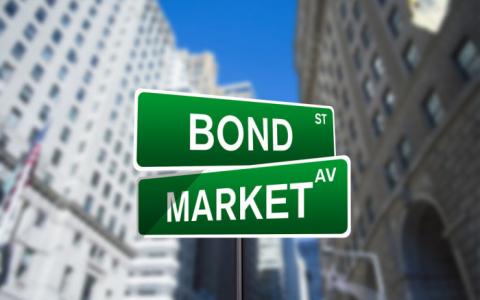
(Business Insider) Interest rates are supposed to be positive. At least, that's what conventional wisdom says. But today, almost 30% — or about $15 trillion worth — of all the debt in the world is trading in subzero fashion.
A number of market pundits have weighed in on the debate, and explanations include investor fear, deflationary expectations, the greater-fool theory, and lack of economic growth. It's hard to pin down the exact reasoning behind the anomaly, which in finance usually means the true answer lies amid the culmination of multiple ideas.
Luckily, Howard Marks, the cofounder and cochairman of the $119 billion asset manager Oaktree Capital Management, is here to shed light on the debate — and he's quick to point out the precariousness that comes hand in hand with negative yields.
"At minimum, negative rates mean there's increased uncertainty, and thus we have to proceed with more trepidation," he wrote in a recent memo. "Whatever we knew in the past about how things worked, I think we know less when rates are negative."
What Marks is saying here is that the future becomes more nebulous in the absence of a positive, risk-free rate of return that can be easily slotted into financial models. Tried-and-true valuation methodology — like the type highly dependent on historical relationships — suddenly becomes futile in a world of negative rates.
Marks sees that as a big problem and a cause for concern.
But that's not all. Marks demonstrates some of the ancillary effects negative rates are having on markets, including:
- Compound interest being irrelevant and actually working in reverse
- Increased risk-taking because of surefire loss avoidance if assets are held to maturity
- Mounting pressure on retirees who rely on predictable income from their holdings
- Decreased bank profitability/health
- Increased savings because of pessimistic future economic outlooks.
What Marks says you can do about it
Against that backdrop, Marks offers up his best advice for traversing the landscape — and it all comes down to durability and dependability.
"In a world like the one described above, perhaps the most reliable solution lies in buying things with durable cash flows," he said. "Bonds, loans, stocks, properties and companies with the likelihood of producing steady (or hopefully growing) earnings or distributions that reflect a substantial yield on cost all seem like reasonable responses in times of negative yields."
To accomplish this task, Marks suggests investors "move out the risk curve to strive for returns above those offered by safe instruments in this low-return (or negative-return) world ... but do so with caution."
He continued: "Essentially it means pursuing greater rewards while accepting the reduced certainty that by definition accompanies that pursuit."
But in a market environment that has become conspicuous, with depictions such as "late cycle" and "overvalued," he's quick to demonstrate how difficult this task may be.
"In today's market environment, assets with predictability are often priced extraordinarily rich, and investors are unusually willing to extrapolate growth far into the future," Marks said. "At the same time, with the economy and markets operating under rules that are different from those of the past in many ways — some of which are reflected above — accurate predictions are apt to prove harder to make than usual."



